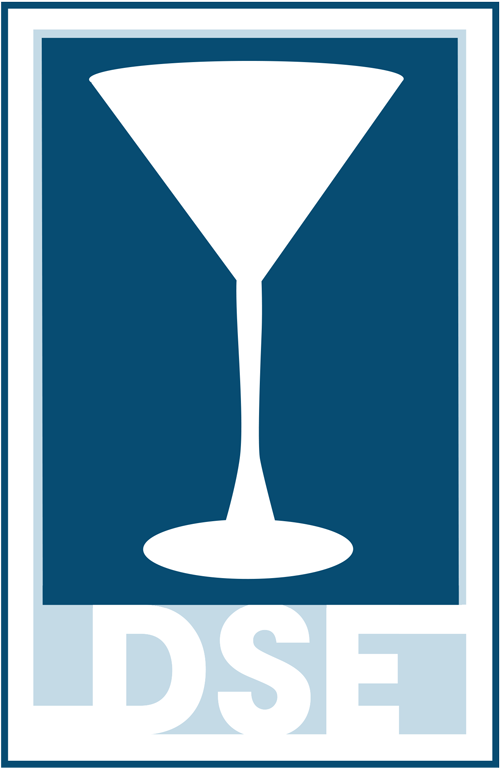The Legal BAC Limit Might Drop Lower, And An Italian Study Has A Wine Suggestion For That
By Thomas Pellechia, Contributor
May 23, 2019
According to NOLO, a legal website with a mission to “help consumers and small businesses find answers to their everyday legal and business questions,” every U.S. state has set the maximum legal blood alcohol concentration (BAC) at 0.08%. The move to set the 0.08% legal limit began in the 1980s, heated in the ’90s and ended when the last state to comply, Delaware set the limit in 2004.
The primary industries that resisted an 0.08% BAC were alcohol producers and restaurants, the latter often claiming impairment statistics did not take into account how taking food with alcohol slows down its metabolic activity. But the arguments just about ended when the federal government used the threat of cutting off highway funds to coerce every state into setting the 0.08% limit.
Now, the National Transportation Safety Board (NTSB) suggests states lower the BAC limit to 0.05%, saying at that limit a person will still be impaired and have steering problems behind the wheel.
A NOLO chart tells us it takes about four drinks an hour for a person weighing around 160 pounds to hit the 0.08% BAC. That 160-pounder can meet the 0.05% standard at two or three drinks within an hour—the official measurement of one drink equals either 1.5 ounces of spirits, 12 ounces of beer or five ounces of table wine.
Thus far, only Utah has lowered its legal BAC to 0.05%, but other state legislatures have it under consideration, including Delaware. Meanwhile, a study recently released purports to give a BAC edge to consumers of “natural wine.”
After a randomized, triple-blind, controlled trial using students at the Polytechnic University of Torino, Italy, the study’s authors say, “Different alcoholic beverages can have different effects on blood alcohol concentration (BAC) and neurotoxicity, even when equalized for alcohol content by volume…Anecdotal evidence suggested that natural wine is metabolized differently from conventional wines.”
Conducted by six Italians in the food, nutrition and wine worlds, in both industry and at university level, the stated purpose of the study was to “determine whether the absorption of ethanol from two wines produced from the same grape (with similar alcohol and low sugar content) might be affected by differences in the farming and winemaking techniques used in their production.”
The researchers say they gave dozens of healthy males 24 grams of alcohol of a wine produced from grapes cultivated without pesticides and agrochemicals, fermented using wild yeasts, unfiltered and with no fining agents and then they gave the group the same amount of a so-called conventional wine (pesticide and agrochemical use, commercial yeast starter, filtered and fined). The wines were served one week apart under the same experimental conditions.
Study participants were all university student volunteers, which had been screened using the Italian Ministry of Health Surveillance Questionnaire (PASSI) to collect data on their height, weight, body mass index, dietary habits, and use of prescription medicines.
According to the researchers, peak BAC reached after drinking a natural wine was significantly lower than after drinking the same amount of a conventional wine: “The BAC level 20 and 40 min[utes] after drinking the natural wine was lower than that after drinking the conventional wine, and the peak blood alcohol response to drinking natural wine was also lower than the peak response to drinking conventional wine. This supports the hypothesis that natural and conventional wines are metabolized differently .”
Its authors claim the study was designed to rule out the numerous factors that influence alcohol absorption rates, from type of beverage to the different types of people and their individual metabolic mechanisms. They sought to confirm its findings by analyzing the total dry extract of the two wines (sugars, polyphenols, fibers, and minerals). They say, “…samples revealed substantial differences in the total dry extract of the two wines…This is a direct consequence of differences in farming and winemaking practices, with the absence of filtration processes in natural wine likely to be a key factor.”
The research abstract boldly states: “Our findings show that the peak BAC in response to natural wine is lower than that with conventional wine, meaning that natural wine is less likely to lead to alcohol intoxication .”
Perhaps, but the abstract is filled with words and phrases like “anecdotal evidence…unable to provide precise information…it seems reasonable to expect…it is likely…it is unlikely…” Such phrases make the study appear aspirational; the abstract offers little scientific evidence that farming or type of wine production can affect the metabolic rate of alcohol in our bodies. In fairness, the authors also state: “More work is needed to fully understand the relationship between natural wine and BAC.”
Let’s drink to that, and until that “more work” is completed, it’s probably a good idea not to forgo assigning a designated driver.
